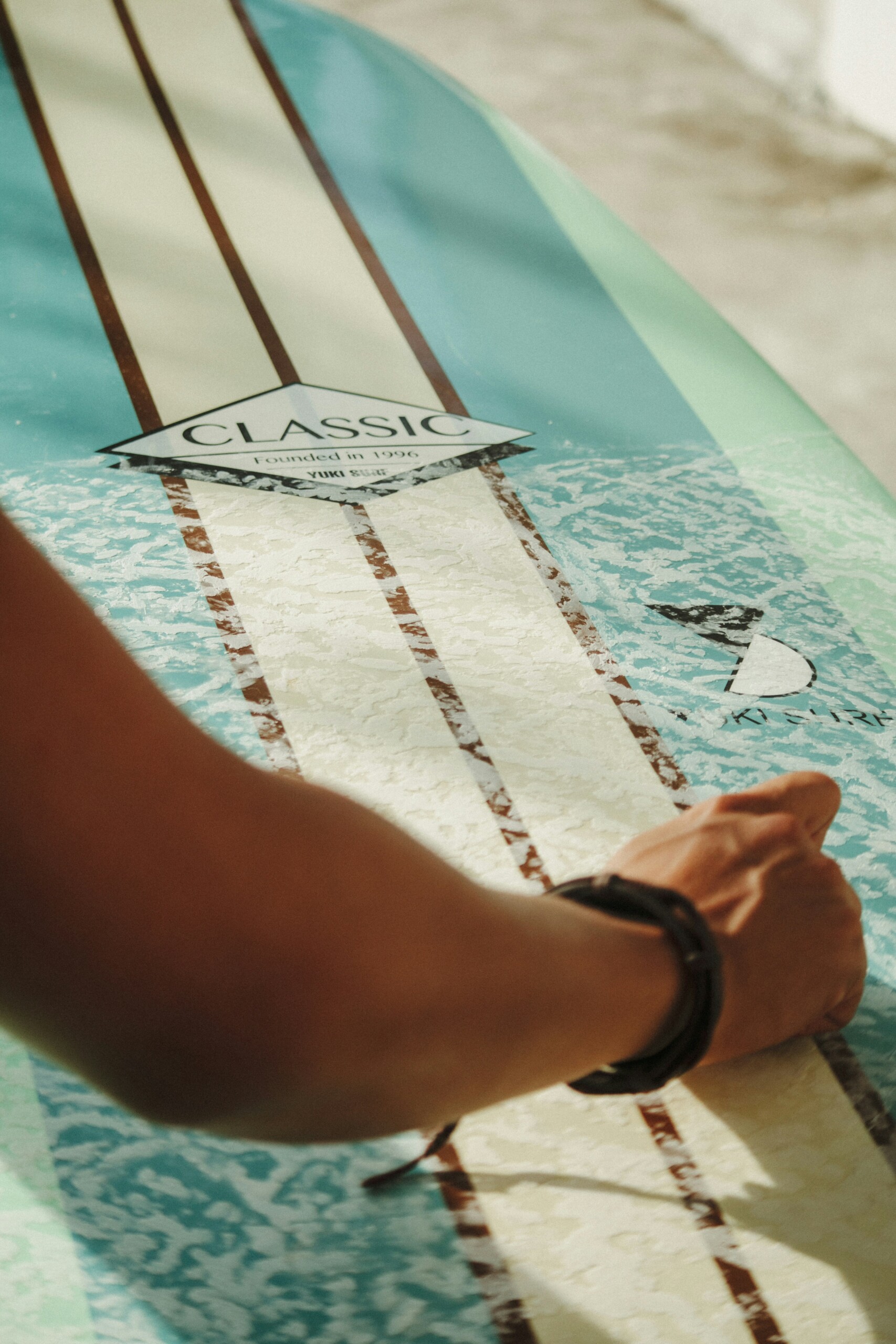As surfers, we know that the right wax can make all the difference in our performance. But did you know that wax temperature plays a crucial role in achieving optimal traction and grip? At San Diego Surf School, we understand the importance of selecting the right wax for the conditions you’ll encounter in San Diego. In this guide, we’ll explore the significance of wax temperature and offer tips on choosing the best wax for your next surfing adventure.
Understanding Wax Temperature:
Wax temperature refers to the hardness or softness of the wax by its melting point. Different wax formulations are designed to perform best within specific temperature ranges, ensuring maximum traction and grip. Choosing the right wax temperature for the water and environmental conditions can significantly enhance your surfing experience.
Cold Water Wax:
In colder water temperatures, wax tends to harden, making it more challenging to apply and providing less traction on the board’s surface. To combat this, cold water wax formulations are designed to remain softer and tackier in colder conditions, ensuring better grip and control. Look for waxes labeled specifically for cold water or winter surfing to optimize your performance in chilly San Diego waters.
Warm Water Wax:
Conversely, in warmer water temperatures wax will soften. This may lead to stickiness and excess buildup on the board’s surface. Warm water wax formulations are engineered to maintain the ideal balance of hardness and tackiness in warmer conditions. Its formula provides reliable traction without becoming overly sticky. Choose waxes labeled for warm water to keep your board performing at its best in San Diego’s sun-drenched waves.
Choosing the Right Wax:
When selecting wax for your surfboard, consider the water temperature and environmental conditions you’ll encounter during your surfing session. Here are some tips for choosing the right wax:
- Check the Water Temperature: Use a reliable water temperature gauge to determine the current water temperature at your surf spot. This will help you select wax that is appropriate for the conditions.
- Read the Labels: Look for wax formulations that are specifically designed for the temperature range of the water you’ll be surfing in. Pay attention to labels indicating whether the wax is suitable for cold, cool, warm, or tropical water temperatures.
- Experiment and Adapt: Don’t be afraid to experiment with different wax formulations to find what works best for you in various conditions. Keep an assortment of wax temperatures on hand so you can adapt to changing water temperatures and surf conditions.
Choosing the right wax temperature is essential for maximizing traction and grip on your surfboard. At San Diego Surf School, we’re dedicated to helping you optimize your surfing experience by providing expert guidance on selecting the best wax. By understanding wax temperature and our tips, you can enjoy enhanced performance and confidence on the waves of San Diego.











